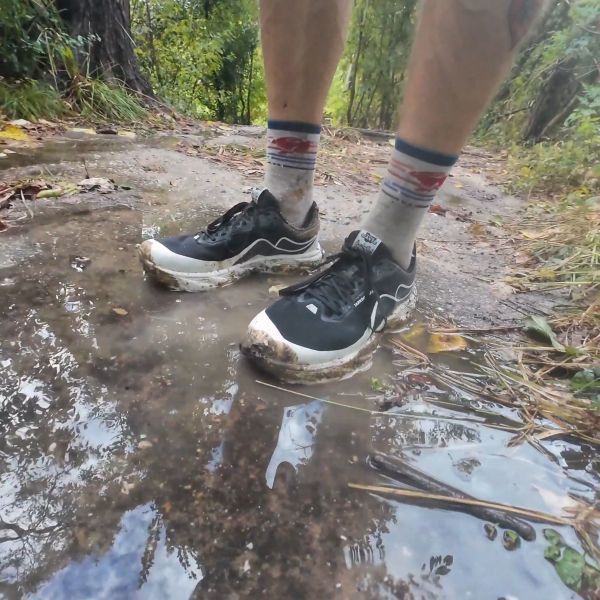Can cross training for runners really make a difference?
.
Michael Cavanah has helped a lot of runners improve performance, speed recovery and prevent injuries.
.
He's also a physical therapist and multi-sport athlete.
.
Wondering if cross training for runners works?
.
Here's his take on mixing things up...
Running, like many other sports, requires consistency and effort to improve.
.
A typical running program consists of different types of workouts including:
Not many address the benefit and need for cross-training.
.
And that's a problem...
"Running is a high impact sport that places tremendous amount of pressure on the body’s joints and muscles resulting in a high incidence of injuries."
—Dr. Michael Cavanah
The bad news:
The good news:
Cycling and swimming are two highly-effective forms of cross training for runners.
.
Let's take a closer look at both...
Cycling stresses the quadriceps, calves, hamstrings, and gluteal muscles while requiring core stabilization to maintain proper posture.
.
The pedal stroke involved during cycling has two stages, the down and up stage.
The benefits:
Like running, cycling is an endurance sport meaning that the majority of training sessions hinge on the athlete’s aerobic capacity.
.
The gold standard for measuring aerobic fitness in the VO2 max.
So to be a faster runner...
While cycling is demanding on the body’s aerobic system, it is relatively easy on the joints due to the fact that there is no impact with the ground.
.
The motion provided by cycling also increases the blood flow to the:
After a long run, add some cycling to your training schedule. Why?
Swimming is extremely beneficial to running, because it encompasses whole body movements.
.
Swimming helps:
Did you know the glutes are the driving muscles during the kick of freestyle swimming?
.
It's similar to how the glutes drive the legs while running. But there's a big difference...
.
Because water is 800% more dense than air, it provides the perfect environment to strengthen your legs.
Like running and cycling, swimming requires excellent core stabilization. Why?
Core stability also plays a major role in improving proprioception...knowing the body’s position in space.
Swimming is completely non-weight bearing, making it the perfect complement to any running program.
Swimming requires staccato breathing and intervals of holding breath, and it's great for runners...
The answer: It depends on a variety of factors like:
If you are just beginning your running journey, I highly recommend alternating running days with cross training. Why?
If you are a seasoned runner then perhaps you only need to add in cross training after your hard workouts or longer run days.
Running is an excellent sport and activity that almost anyone can participate in.
.
It improves our mental, emotional and physical health and provides a sense of freedom that appeals to our inner nature.
.
Cross-training for runners will:
Want to be a better runner?
.
Consider implementing some of these activities into your training to maximize your potential and be the best version of yourself!
Share your top picks and advice in the comments.

Brynn Cunningham Michael, this is great! I love understanding the details of how cross training improves and benefits running.
Mary Ann Ratajczak Thank You Michael for this great information!! I used to be that runner that didn't cross train, well many injuries later I found out how important cross training is for runners. I definitely cross train now. Thank you for this
Login to your account to leave a comment.





We Want to Give it to You!
